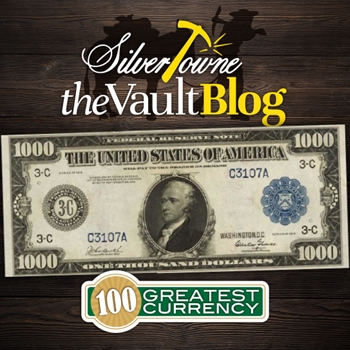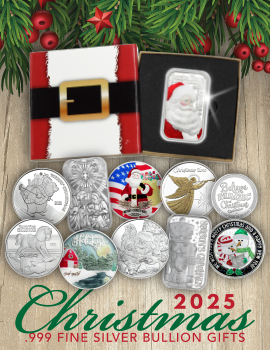
If you are already a currency collector, you are fully aware of the reputation of $1000 notes. If you are not a currency collector or a brand new collector in the world of numismatics, you may be curious as to how such a note was ever printed. Higher denominations were very real, and we have already learned about a few covering the 100 Greatest American Currency Notes Series from Whitman Publishing. Authors Q. David Bowers and David M. Sundman will guide us through this entry that deals with a $1000 note and the famous man that is featured.
#74 – Series of 1918 $1,000 Federal Reserve Note
Many early 20th century currency notes that hold a higher denomination ($500, $1000, $5000, $10,000) exist today by the dozens and even the hundreds, according to authors Bowers and Sundman. The higher denominations mixed with the rarity might cause one to think that they are sought after given their collecting difficulty. However, that is not the case. For example, this 1918 $1000 Federal Reserve Note, known specifically as the Friedberg-1133 to –1133b, has an estimated known existence of just 200-300. They are very much in demand for collectors.
On the face of the note is Alexander Hamilton, who is featured in seven other spots in this top 100 compilation. For this note, his image was engraved by G.F.C. Smillie from a portrait created by C.L. Ransom. An eagle is on the back of the note, engraved by Marcus W. Baldwin. The image is a particularly powerful image of the national bird.
In a Very Fine condition, this Series 1918 note had a $1,100 value in 1960. By the time of this publication (2006), it had risen to $14,000 in the same grade.







